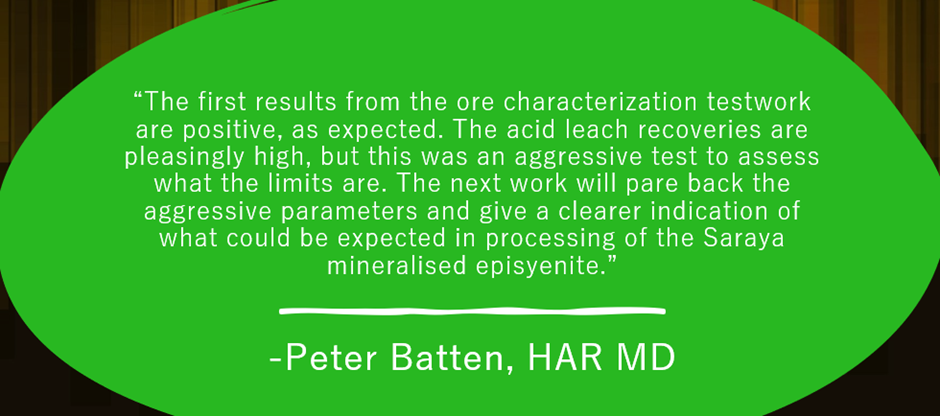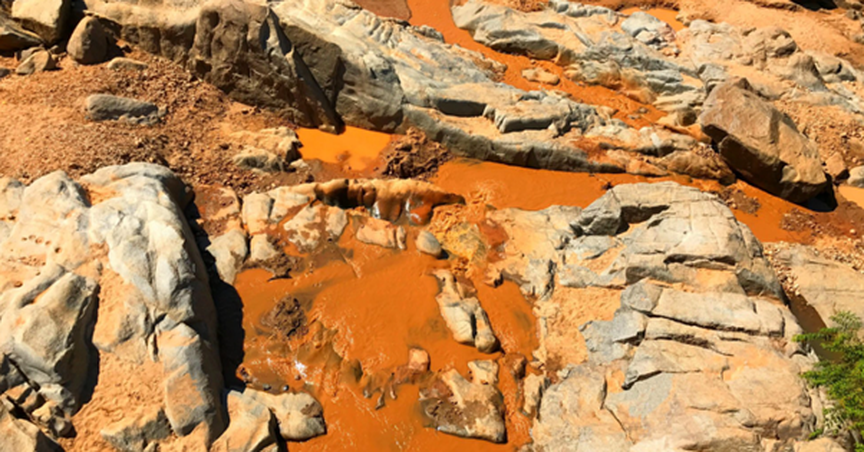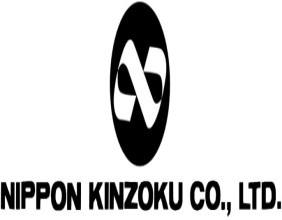Highlights
- Initial leach tests on drill core from the Saraya deposit confirmed >96% uranium extraction under atmospheric leach conditions using sulphuric acid.
- The diamond core samples, intended to represent a mineral resource grade of 587 ppm U3O8, yielded a head grade 14% higher.
- In 2Q, the company expects further metallurgical testwork results, RC drilling assays, infill/regional sampling, auger results and potential resource category upgrade.
Haranga Resources Limited (ASX: HAR; FRA: 65E0) has announced promising outcomes from the first leach tests undertaken on drill core samples from the Saraya uranium deposit. The testwork was carried out as part of an ore characterisation program that began in March 2024.
The leach results confirmed >96% uranium extraction under atmospheric leach conditions utilising sulphuric acid. Meanwhile, employing an alkaline atmospheric leach yielded 84% uranium extraction.
Aggressive addition of high reagents and high-temperature conditions were employed for both leaching processes to verify the amenability of uranium extraction.
It is noteworthy that the diamond core samples selected to represent a mineral resource grade of 587 ppm U3O8 yielded a head grade 14% higher.

Metallurgical samples for leach tests
For the first leach tests, the metallurgical sample has been compiled from several holes drilled at varying depths to accurately reflect the findings of the Mineral Resource Estimate (MRE) for Saraya. To assemble the sample, the company used the existing core obtained from 22 diamond core holes drilled in 2022.
The samples were selected from different locations and depths to precisely depict the mineralised episyenite at Saraya. In total, 243 samples were included in the bulk sample.
Furthermore, nearly 150 gms was subsampled from each drill core sample, with samples chosen to acheive a weighted average grade close to the MRE grade of 587 ppm U3O8.
Details of the acid leach test
The acid leach test was performed at an excess sulphuric addition rate of 681 kg/t and at elevated temperature of 95oC. The uranium oxide extraction rate exceeded 96%, which is considered exceptional and comparable to or surpassing other uranium operations. The final grade of the leached solids was below the ICP U3O8 detection limit of 24 ppm, signifying nearly complete extraction with acid.

Data source: company update
The supervisor of the first leach tests, Independent Metallurgical Operations (IMO) suggested that the next tests should be conducted at a lower acid addition rate to ascertain its impact on complete uranium extraction and leach kinetics.
IMO also suggests reducing the temperature and increasing the grind size in subsequent testwork to assess if leach recoveries can be sustained at lower temperatures and with a coarser grind size. Additionally, IMO recommends conducting beneficiation testwork to evaluate if acid-consuming carbonate minerals can be eliminated to further decrease acid addition rates while maintaining uranium extraction rates.
Additional tasks may involve conducting a thorough mineralogical analysis to ascertain the properties of uranium minerals and liberation, especially in relation to carbonate minerals and liberation size. The objective is to assess whether highly acid-consuming carbonate minerals can be separated from the uranium minerals, potentially through flotation.
Fieldwork in Senegal is ongoing after the conclusion of the RC drilling program in March 2024. Termite mound sampling is currently underway, covering both regional and infill areas. Auger drilling is also continuing to investigate anomalous results from Diobi, Mandankoly, and Sanela, and will soon extend to Saraya South, Saraya East, and Diobi East. Meanwhile, all RC samples have been gathered and are currently en route to ALS Laboratories Canada.
HAR shares traded at AU$0.120 apiece on 4 April 2024.




